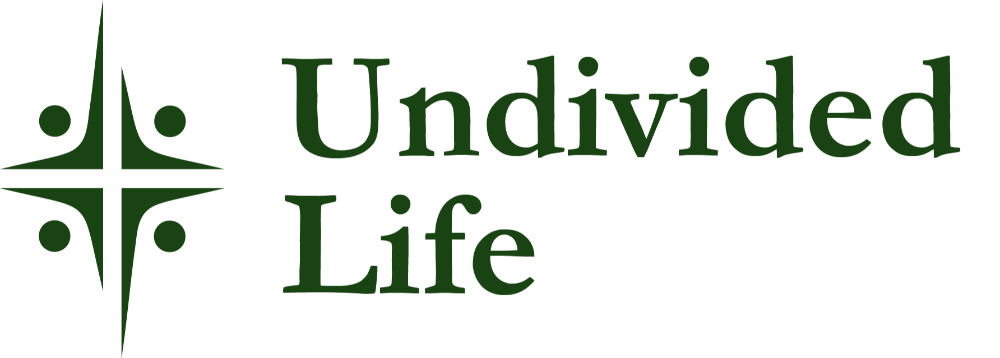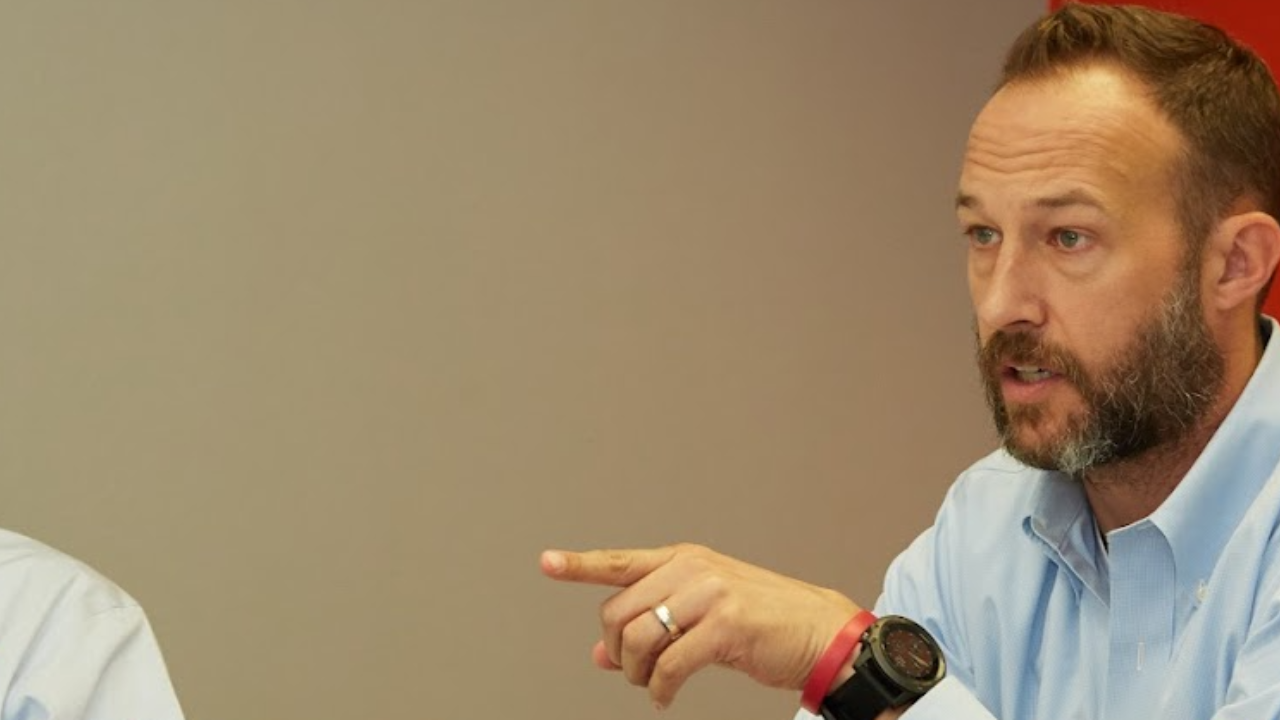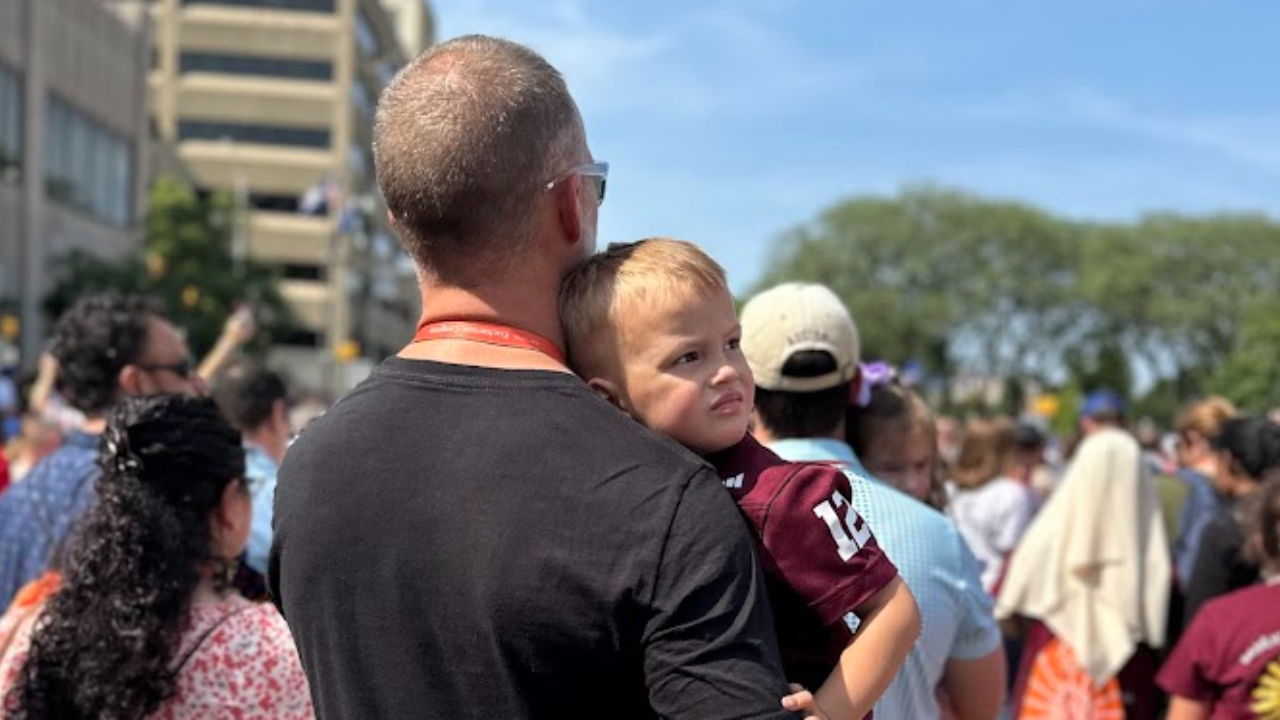Small Things Make a Big Difference
Jun 17, 2024
While raising seven young kids, including an infant, and tackling our family's daily medical needs, we’ve added a new layer of adventure to the mix—miniature Donkeys.
Introducing Daisy and Tater.
In short order, these new additions have helped our family to unite around something joyful and challenging as we worked together to prepare for their arrival and then helped them ease into their new home. Our oldest kids have been steadfast in their effort and care for the donkeys, working alongside me and my wife throughout it all.
While spending time with the mini donkeys after they had settled in, I began to think about all the little elements that come together to form great organizational cultures both at home and in the workplace.
Small things make a big difference, and here are just a few examples.
Meaningful work matters.
My kids always want to help when there is work to be done. If the job is difficult, heavy, messy, or critical, it can be easy to take over and tell the kids to step aside. When we fight that tendency and instead find ways to give the kids some or all a task despite their size and experience, the result of the task becomes a secondary outcome to the growth and formation of the child.
That same set of circumstances applies in our day jobs as well. As leaders, we are guilty of taking over when a task is complicated, important, or high-profile instead of trusting our teammates with the responsibility to get it done. When we don’t give true agency to the people we are managing, we are sending a sign of distrust and a lack of confidence that ultimately chips away at their dignity and growth.
Responsibility, trust, accountability, and freedom to perform the task should be pushed as far down in an organization as possible so long as the person assigned can reasonably complete the task, even if it is a challenge.
Clarity in communication creates confidence.
Have you ever been asked to perform a task, but the person who gave you the instructions used unfamiliar acronyms, spoke in generalizations, and perhaps threw in pronouns without ever identifying the actual details? “Can you run the TPS before they compile the final report?” I hear people speak this way nonstop and then openly share their frustration when the task isn’t completed correctly.
On the other hand, when we communicate clearly and put ourselves in the other person’s shoes as a recipient of our messages, we can create clarity that instills confidence and propels the effort forward.
- “Jane, can you ensure that the sales report is completed by 2:00 pm CST each Friday and then email it to Debbie so that she can add those details to the weekly management dashboard?”
< or >
- “Lorelei, when you finish shoveling the hay, please fill the red bucket sitting in front of the garage with water for the donkeys; there should be a water hose ready to go near the fence.”
Clarity in communication creates confidence.
Highly aligned teams can move mountains (and donkeys)
I can remember reading the Netflix Culture Deck almost a decade ago and loving one phrase that has echoed in my brain ever since. We are creating teams that are “highly aligned and loosely controlled.”
Highly aligned means we are headed in the same direction; we know the ultimate vision, and we know that others on the team share it, too. Onward.
Loosely controlled means there is no perfectly designed pathway already laid in front of us and we will need to utilize clear communication, healthy working relationships, autonomy, risk-taking, trial-and-error, veteran wisdom, youthful bravado, and everything in between to keep moving towards that ultimate destination.
I witnessed our home team accomplish something great by being highly aligned (and loosely controlled) on the first night after Daisy and Tater arrived. The sun had set, and the donkeys were not yet safely in their stall. Without knowing our property, they would be left exposed on their first night, but my daughters were determined to lead them to safety. With flashlights in hand, they set out in the dark with one of our family helpers, and I knew that their grit and determination would win the day.
Twenty minutes later, they had both donkeys only 10 feet from the stall but couldn’t get the animals to take the final steps. That is when I stepped outside to check on them, and they asked for my help. I tried pulling on Tater’s lead to move him and quickly realized that he was too strong. Daisy, on the other hand, is only 9 months old and somewhat smaller than Tater. With an incredible effort, I was able to lead her into the stall, and Tater followed right behind his best friend. They were safe, and our home team celebrated the shared win.
Highly aligned teams can move mountains (and donkeys)
*******************************
Often leaders miss the trees for the forest. They try to create grandiose themes for the year, redesign workspaces to appease the younger generation, or make brand statements about things that they stand for without ever taking time to focus on the small things that make a big difference. The combination of doing the small things with great intention, day in and day out, is what makes the flywheel of culture eventually start spinning on its own and become a force for good in the workplace (or at home).



